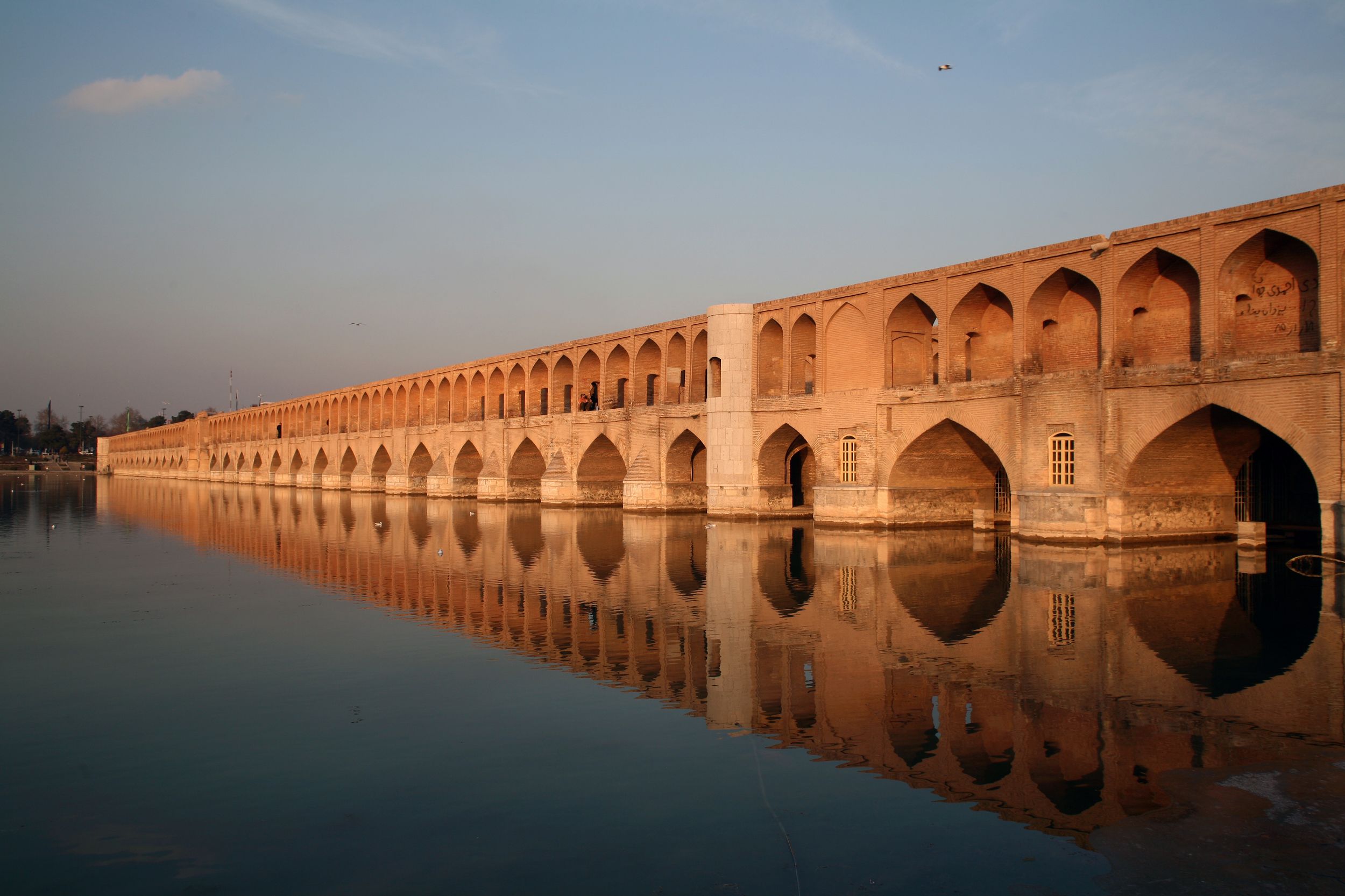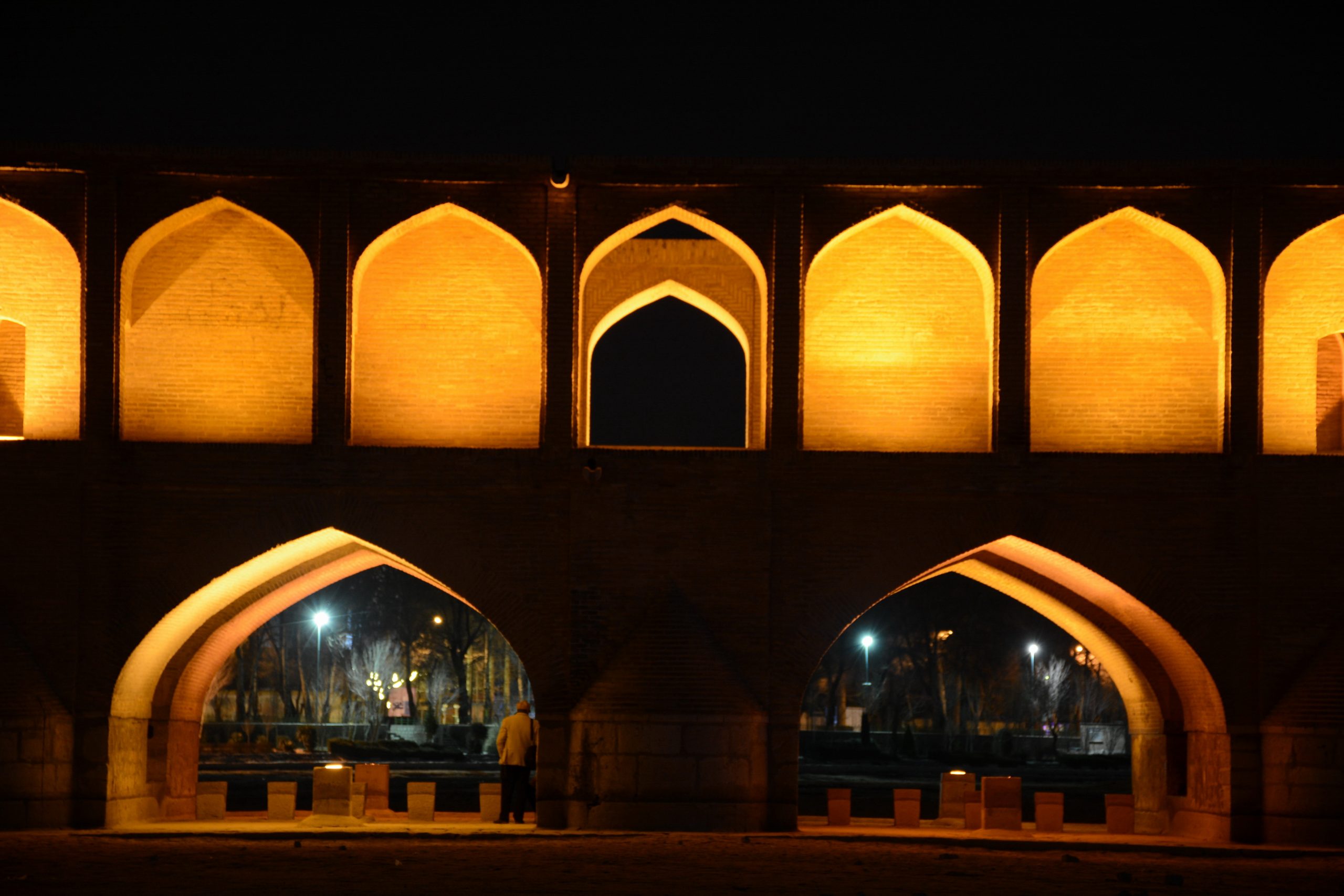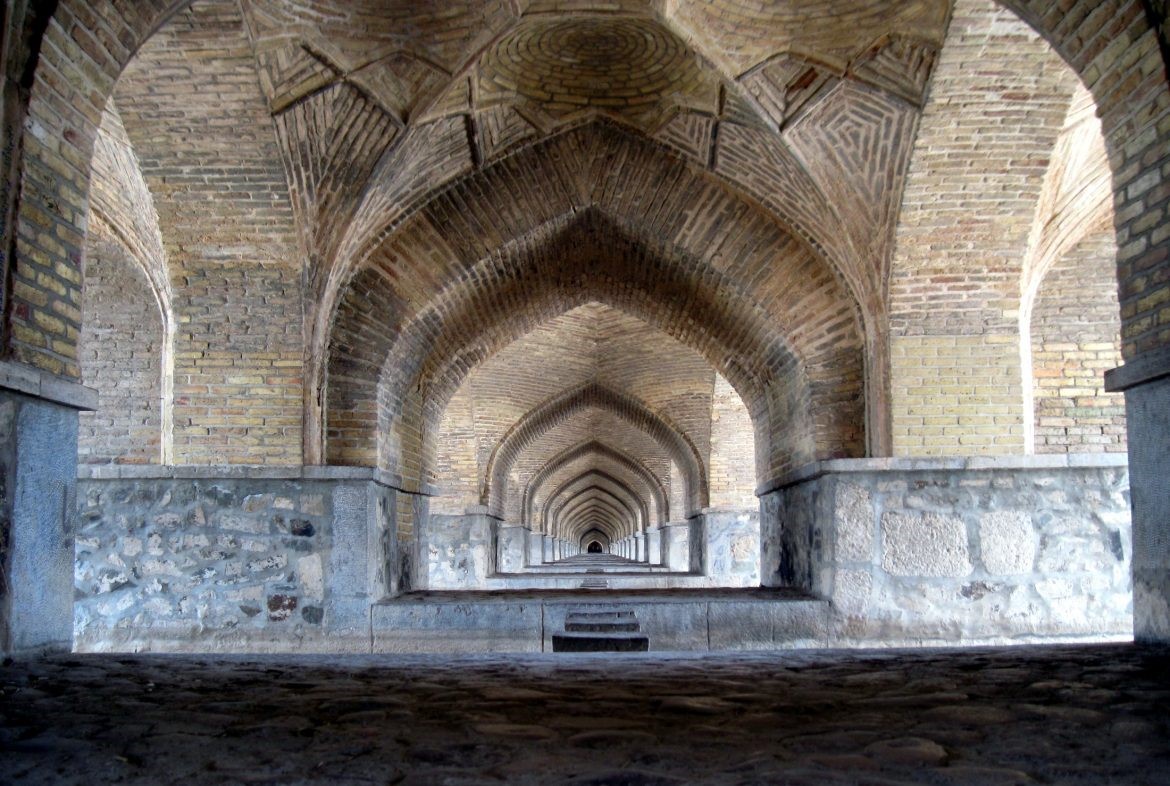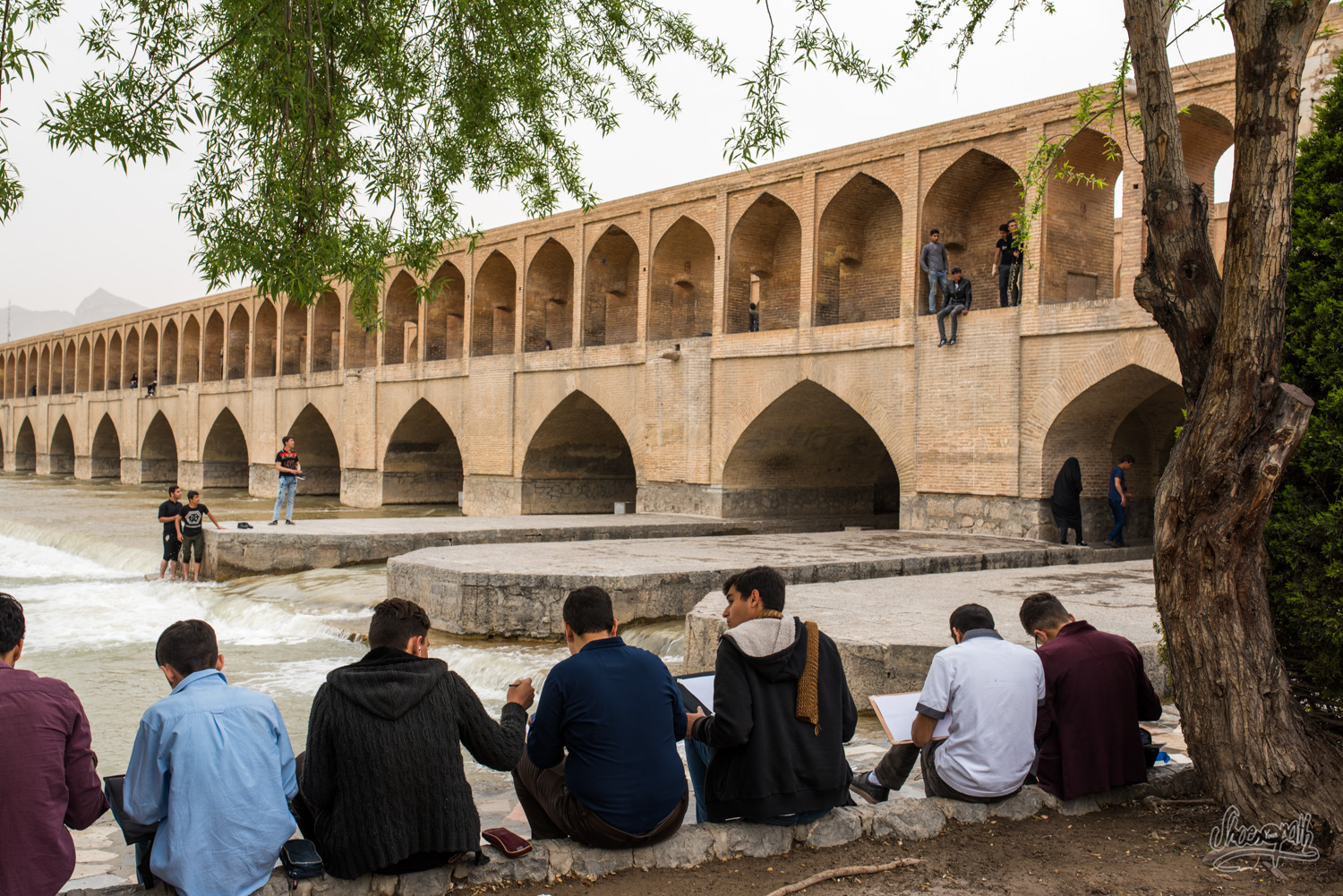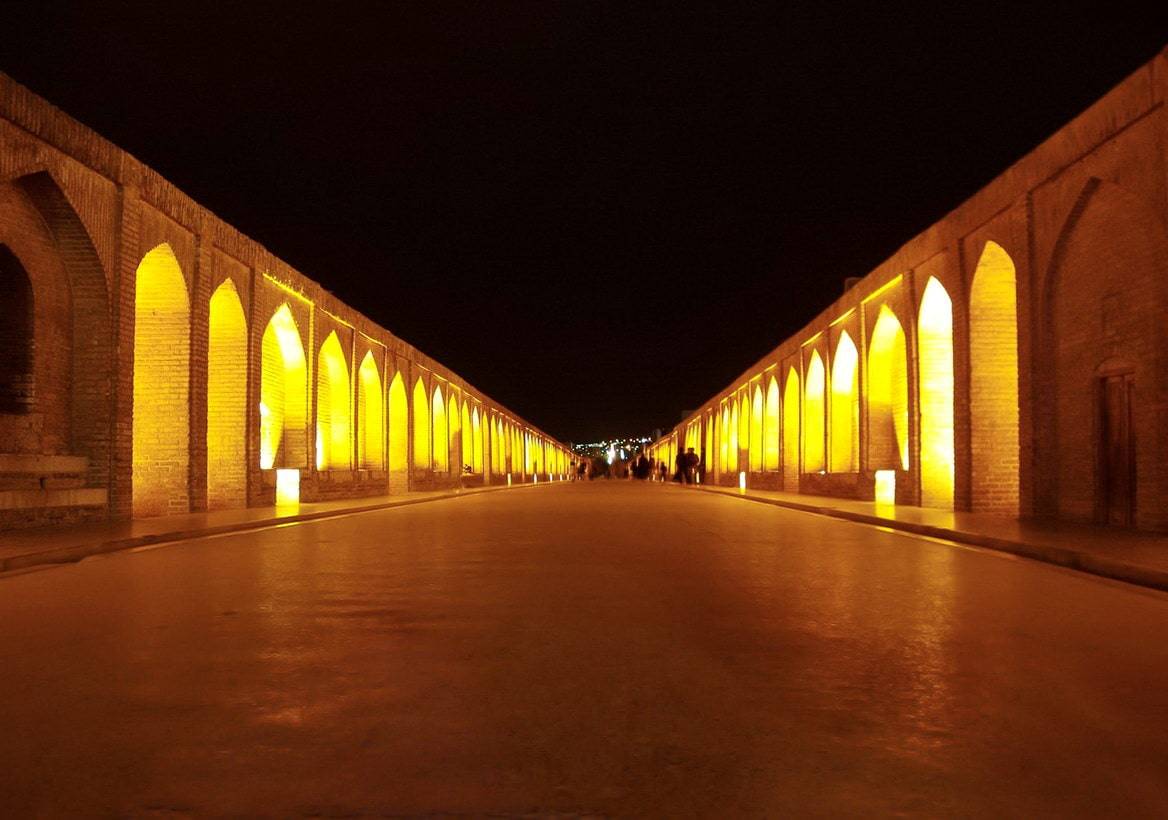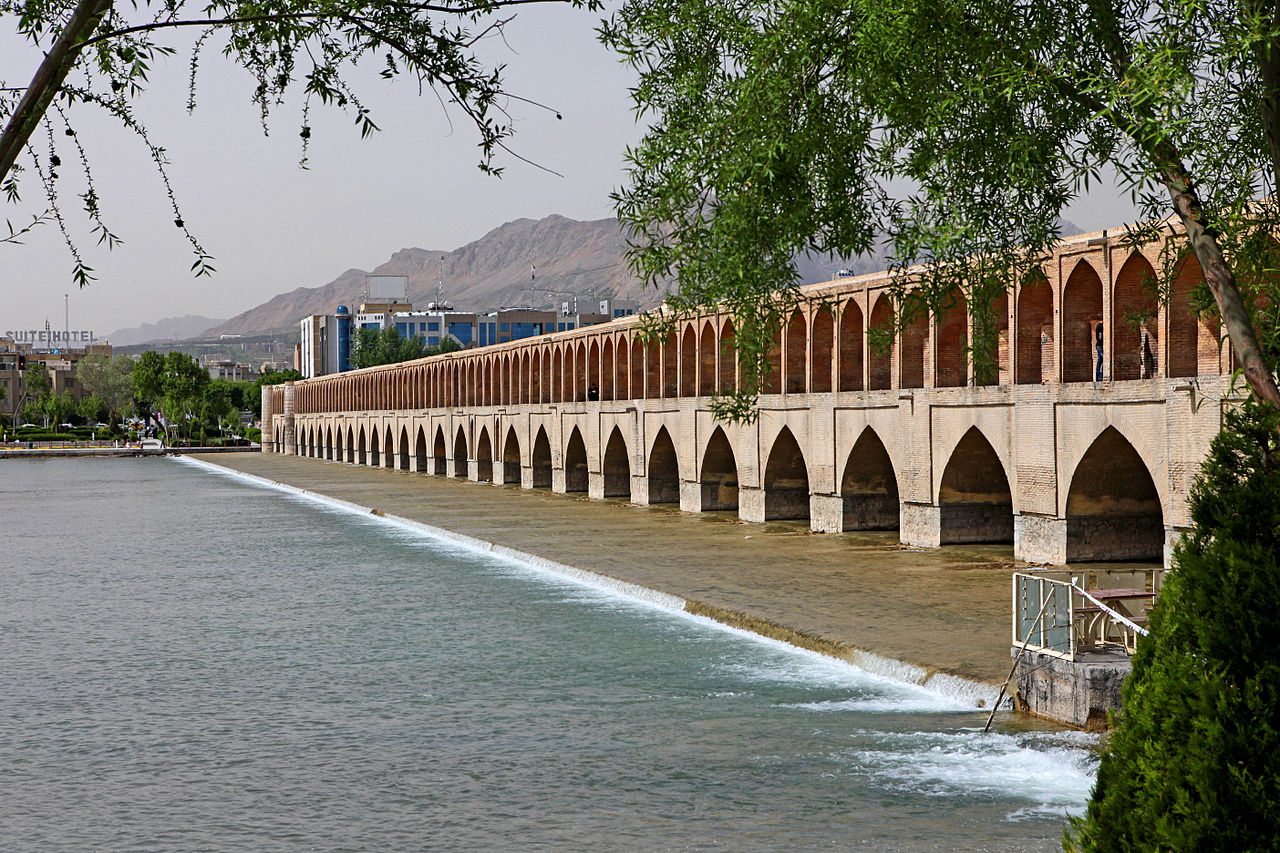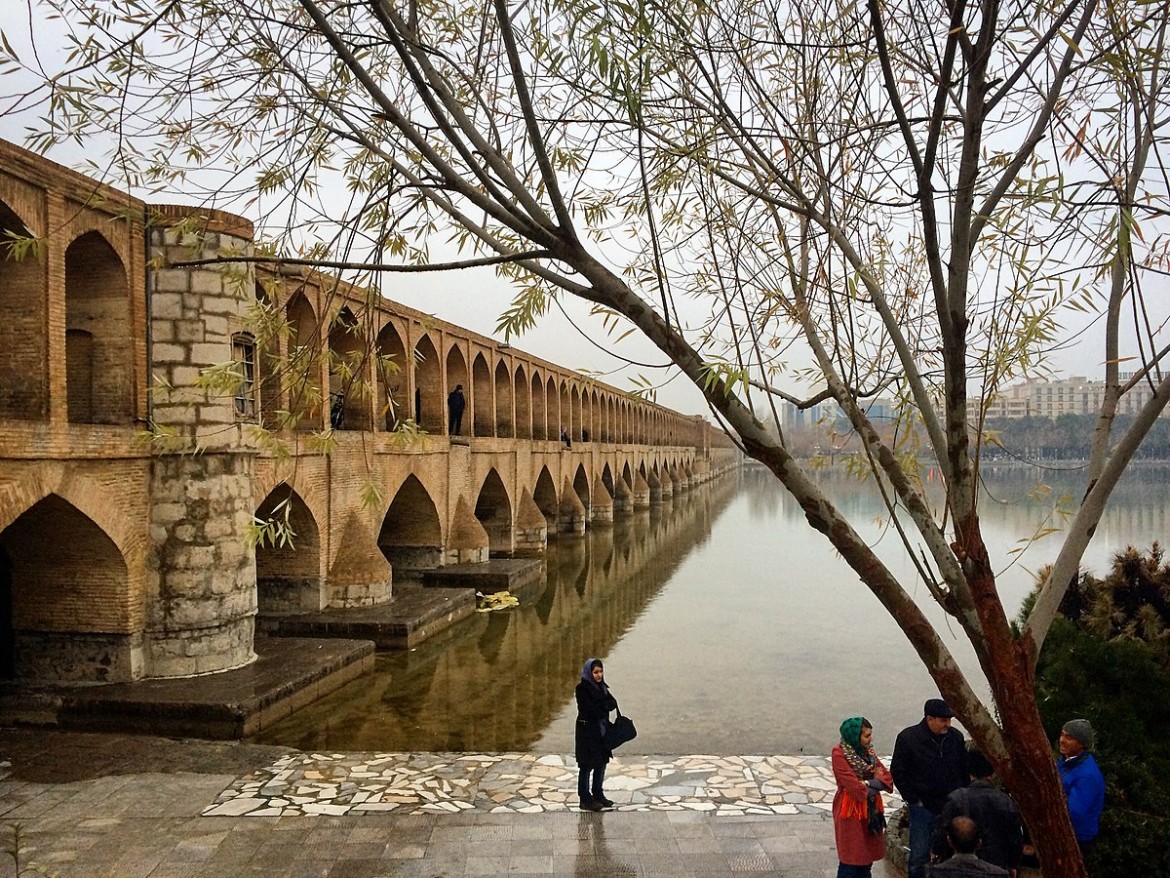Si-o-se Pol
Hightlight
-
 Car parking
Car parking -
 Coffee shop
Coffee shop
Si-o-se Pol (bridge of 33 arches), also known as the Allahverdi-Khan Bridge, is one of the eleven bridges of Isfahan and one of the best known, along with the Pol-e Shahrestan and the Pol-e Khaju. The stone arch bridge spans the Zayandeh Rud River and is considered one of the most famous examples of the bridges built by the Safavid dynasty.
The bridge was built in the period of 1599-1602 after an order from Abbas I of Persia to his chancellor Allahverdi Khan. The bridge consists of two rows of 33 arches. At the beginning of the bridge, it has a wider base. The bridge is about 298 meters long, almost 14 meters wide and the longest span is 5.6 meters.
Si-o-se Pol spans the Zayandeh River, serving as a dam for the river that cuts through the city. It houses a renowned and well-known teahouse inside. It is one of the most well-known and traditional tourist attractions in Isfahan, especially at night when it is illuminated.
History of Si-o-se Pol
The bridge was built in the Safavid period and is considered a masterpiece of that era. It was ordered by Shah Abbas I in 1602 and built by his chancellor Allahverdi Khan Undiladze, an Iranian of Georgian descent. Si-o-se Pol was to connect the famous Four Gardens (still the main artery of Isfahan) with the royal gardens of Hezar Jarib and the Armenian quarter of New Julfa on the south bank of the river.
Si-o-se Pol is a two-level viaduct, designed as a brick structure on stone piers. It consists – as the name says Si-o-se – 33 arches. The main traffic route is bordered on both sides by covered arcades. Wide staircases lead to the promenades, which run along the entire bridge. In the end, there is a much larger arch on which a teahouse is located. Originally, frescoes are said to have adorned the interior walls. However, these were taken down as they were considered obscene.
With its colonnades, on the sides and base, Si-o-se Pol offers the opportunity to walk on several levels, depending on the height of the water. It serves as a place of passage, but also as a dam to regulate the course of the river. When crossing it, the water produces an effect of large fountains thanks to the abutments. Next to it is a talār, the “kiosk of mirrors”, from where the sovereign could see the river.
To this day, one can drink tea and smoke Kalyan in several teahouses located under the bridge roof. In dry summers, the Zayandeh Rud River sometimes carries very little to no water.

